© 2024 Tales from Outside the Classroom ● All Rights Reserved
NWEA Resources
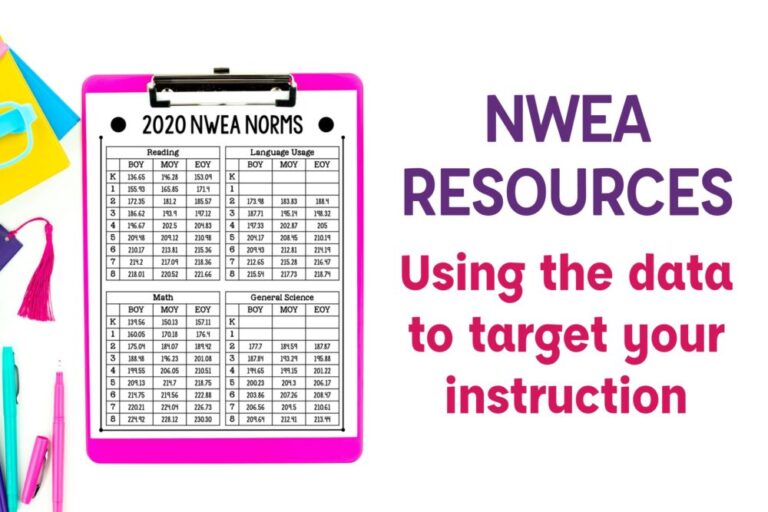
A couple of the schools I’ve worked at over the years have used NWEA as our diagnostic assessment. As a previous test and data coordinator, and as a classroom teacher, I’ve spent a lot of time digging into the data and using it to help make instructional decisions. I have used it to help identify students in need of additional supports through MTSS or RtI. It’s helped me decide specific skills to reinforce with my students. I also take a closer look at those students that aren’t making the expected progress to rethink my current work with them and make changes. Here are some of my favorite NWEA resources I use as I’m analyzing the data.
NWEA Norms
I begin by looking at my students scores in connection with the norms (or the percentiles given). 50th percentile is average, or what is given on the norms chart. NWEA shares their norms along with the standard deviations, so I have created the chart to just include the norms on one page.
I like to have the one page version hanging up as an easy reference. This is especially helpful if you’re not in the traditional classroom and work with more than one grade level. You can download my 2020 NWEA Norms chart to print for yourself. Just a note- these are the 2020 norms. As time goes on, these may become outdated before I update this post so verify that’s the most recent norming data you need.
Using NWEA Data
Of course, an assessment isn’t very useful if you don’t do anything with the data. Because NWEA isn’t exactly aligned with our standards, I don’t use it in conjunction with them. I always recommend using it when you are looking for what you need to work on with your really low students or your really high students, or students that aren’t showing intended growth. For high students, it can give you some ideas for independent work or what will continue to push their progress forward. For low students, it can tell you what their deficits are in so you know what to target during intervention and reteaching times. Here are some of my favorite NWEA resources when making instructional decisions.
- Learning Continuum: You access the continuum from within the reports site. It gives you specific skills to work on for each RIT band within each domain. Selecting “Test View” allows you to see skills to reinforce and those to begin working on, but aren’t specific with your students. By clicking “class view” you are able to filter by domain and then RIT band to see which students need reinforcement with which skills. The student breakdown by RIT is available in another report, but this is nice because the skills to practice are right next to it. Printing is less than ideal, however.
- RIT to Concepts Charts: The Learning Continuum is not printer friendly, unfortunately. So, another option is using the RIT to Concepts charts to identify skills to practice. These are not as detailed with specific skills, but give you vocabulary and specific skills to reinforce. There are separate charts available for K-2 Growth and 2+ Growth. I printed these, have them available in a folder, and then I print the Class Breakdown Report, by Instructional Area and use them side by side.
- For Idaho Teachers: Another option is the curriculum ladders from For Idado Teachers. Click your subject, then a skill within a domain, and skills by RIT are shown. They offer a printable version that has space for student names which you would then match from the Class Breakdown report. This is nice if you want to see a progression of specific skills. For example, I can look at place value, write my students in, and then get an idea of how I can differentiate my work so each student is working on place value at the skill level they need.
- Khan Academy: Khan Academy allows you, or your students, to enter scores for each domain and get targeted practice (similar to other f0r-purchase programs). They call it “Mappers”. You can read more on their website. Once your class is setup in the program, you can enter the low score for their RIT band for each domain, and they’ll receive targeted practice. I would love to see them come up with Reading support as well!
How do you use NWEA in your school? Have you found any specific data items to be especially helpful? What about other resources have you found that’s been helpful?
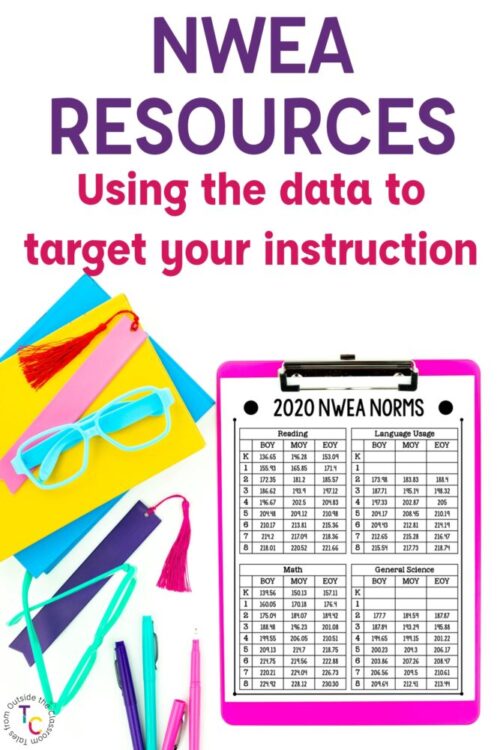
Newsletter Sign Up
Signup for my weekly-ish newsletter. I send out exclusive freebies, tips and strategies for your classroom, and more!
Please Read!
You have successfully joined our subscriber list. Please look in your e-mail and spam folder for Tales from Outside the Classroom. Often, the confirmation email gets overlooked and you're night signed up until you confirm!

Hi! I’m Tessa!
I’ve spent the last 15 years teaching in 1st, 2nd, and 3rd grades, and working beside elementary classrooms as an instructional coach and resource support. I’m passionate about math, literacy, and finding ways to make teachers’ days easier. I share from my experiences both in and out of the elementary classroom. Read more About Me.









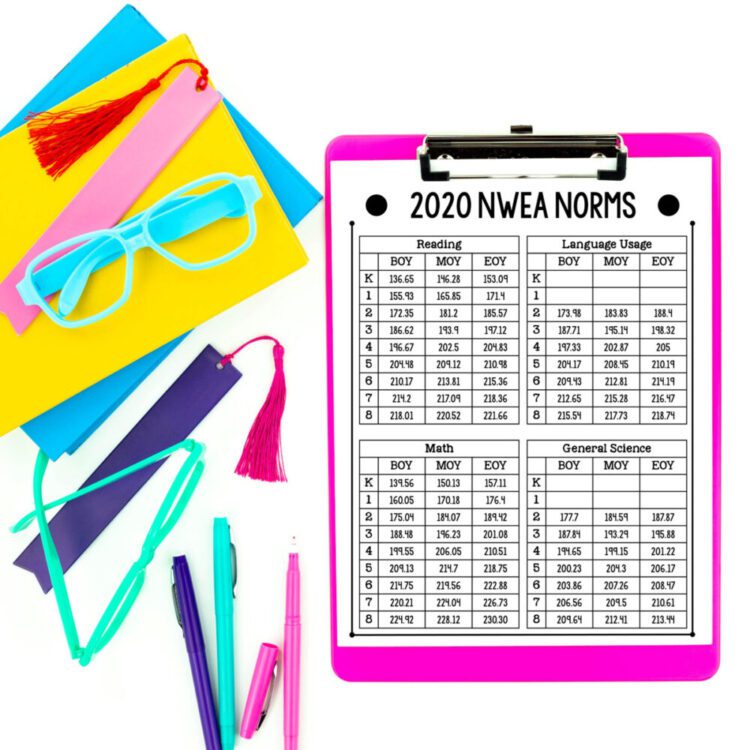
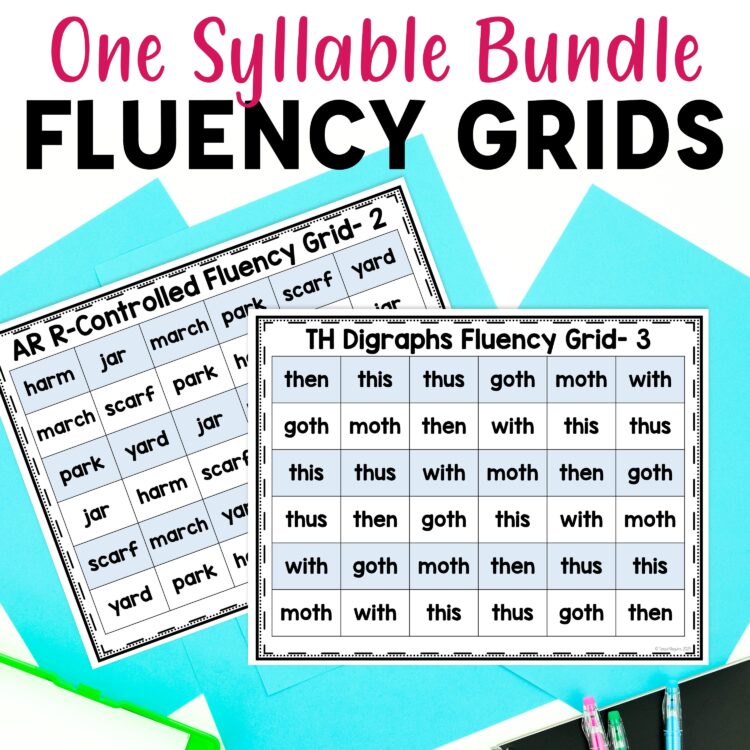
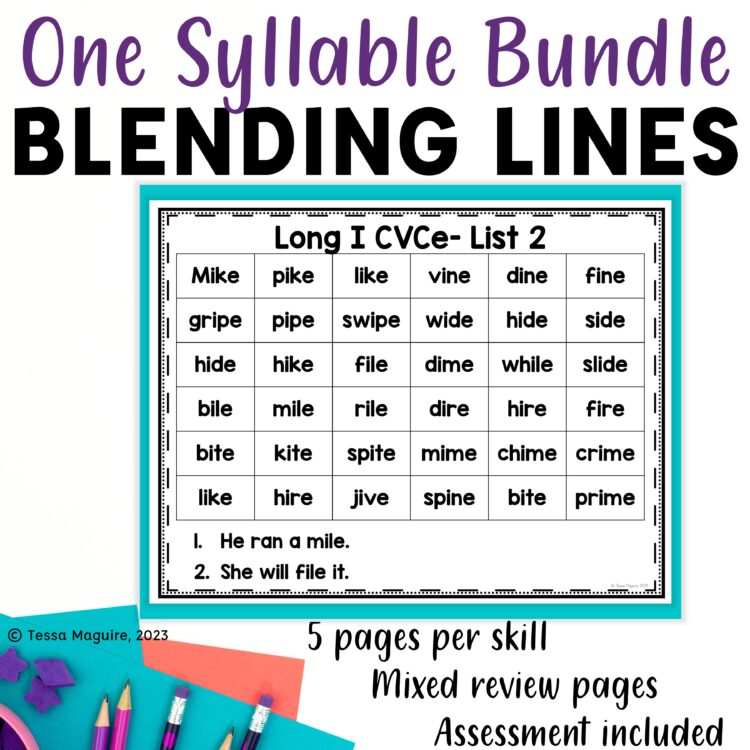
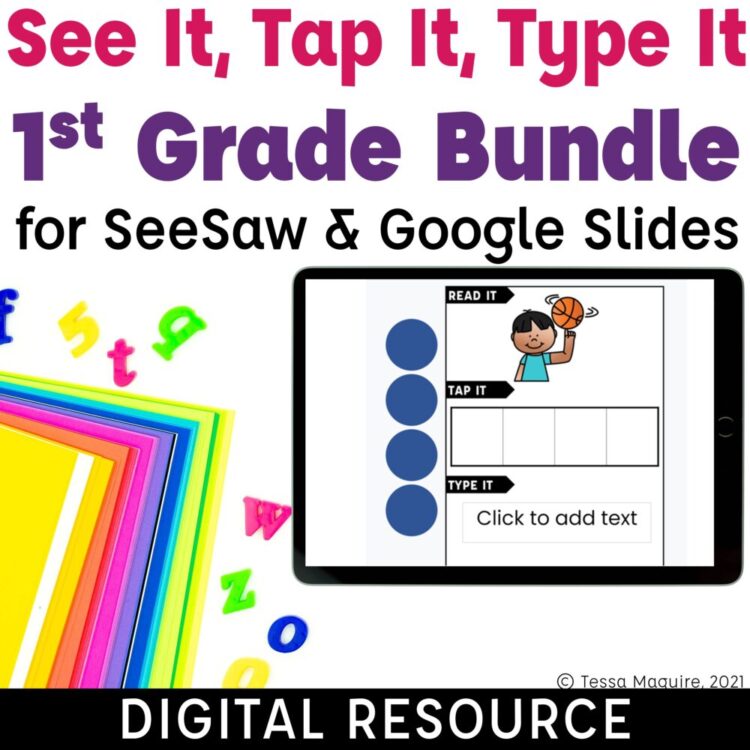

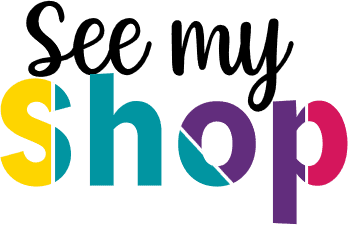

11 Comments
I love NWEA!
We are administering it right now at our school. Last year we worked as grade level teams analyzing the Descartes & grouped our students in terms of meeting/not meeting growth & then in specific areas. Then we took a 45 minute block and taught what we called NWEA groups – students switched classrooms to be grouped to go over specific skills. I had a group that performed low in phonemic awareness, another teacher focused on a different area. We also rotated teachers/groups to include more skills. I felt it had a very positive impact! I also like the idea of tracking growth, which contrasts to so many other standardized tests. As a special educator, I feel the reports give me SO much information!
Thanks for posting about it!
I think that's a great way to use the data Jen! I wish we did something similar. Unfortunately, we are so focused on our statewide assessment we don't use it as much as people would want to. Have you found any websites to be exceptionally useful instructionally once you have your groups made?
Thanks! I don't have any specific sites that I use on a regular basis (besides blogs!). This year, we are implementing Reading Mastery with mostly non-IEP students who are now in second or third grade and haven't (yet) responded to intensive instruction. I'm very curious to see how it works out. I do use Reading A-Z often for their PA/Phonics materials.
I know what you mean about the state assessments! We do the same, but at least we also have NWEA – I think it provides a much more accurate picture of our students' learning and progress!
We use NWEA for K-5 at my school (and higher grades in the district). We love Prepdog.com to help prepare students. There is also a great resource here http://www.sowashco.k12.mn.us/ro/pages/studentlinks/map/reading.htm for reading and another for math if you just delete the "reading" part of that address. We use the scores to see who might need interventions and to make small groups we call "Target Groups." We are also looking at incorporating the strand data into our Daily 5/Cafe small groups and pulling those groups during Daily 5 time instead of just using the Cafe strategies.
Those are the same that I have listed above as the Campbellsport School District. I hadn't originally noticed that the web address changed. Thanks for sharing, though!
I loved NWEA as a parent. I could see how my children progressed from their elementary years to early high school charted in an easy-to-understand graph.
DebJ
Thanks for the parent perspective! I've really liked using NWEA at my school. I think it's a valuable instructional resource. It makes me intrigued why P doesn't use it, especially since you know they've spent a ton of money on STAR so that can't be the factor.
NWEA sounds awesome! We do not use it. Using data is always the best way to differentiate.
Love the refillable dry erase markers.
We started using NWEA last year. I am going to try your suggestions this year. Thanks for sharing. When I try to download you NWEA Norms form all I get is a blank page with a star in the corner. Can you help?
Thanks!
I'm not sure why it's doing that. You can try this link: https://docs.google.com/file/d/0B61F3qQ5THGsTi1yLWhJME92Y0E or you can also just right click on the picture and save as. I hope that helps.
We also use NWEA, but we really don't do much with the data at this point. But you have given me some good idea for what to do with with the RIT information and using NWEA for intervention. Thanks!